Sailing looks glamorous from the outside. You see a crew rushing around the dock for a few minutes before casting off and gliding to sea. In reality, that was no small feat. Preparation for sailing takes DAYS.
Even casting off requires hours of preparation. Yet, that behind-the-scenes prep that often doesn’t make it to the big screen or in adventure novels is what makes for a successful voyage.
When you want to create a successful business, it starts with the proper preparation for you and your crew. Most importantly, it’s about building trust and strong ties with those teammates who will be with you along the journey.
During the annual Leadership Development & Team Building Summit in Salem, you will lay the groundwork for smooth waters later, saving you hours and avoiding problems arising from a disorganized or burnt-out crew.
The knowledge you gain won’t come from textbooks or generic YouTube tutorials. You’ll learn through hands-on training and dive deeper into your leadership style to bring out the most effective leader.
Are you ready to set sail?
Then hoist your anchors and cast off!
What Is Salem’s Leadership Summit About?
Just over three-quarters of employees experience burnout.
Burnout leads to decreased productivity, high turnover rates, low engagement, and poor health.
Have you seen those signs around your workplace? You might even be feeling those effects yourself.
It’s time to steer your boat away from the choppy waters of burnout. You can become the type of captain who encourages the crew to keep their eyes on new horizons rather than keeping one foot on land.
The annual leadership summit in Salem is a 3-day excursion by Full Sail Leadership Academy that teaches team engagement and transformative leadership. We take learning seriously and understand that most of what people take home won’t be general content they read in books. It’s about the experiences and personalized learning.
That’s why we create an experiential learning environment that combines our popular Full Sail workshops and lectures with hands-on learning aboard a sailboat. You have options between full and half-day sessions that help fit your busy schedules.
Through our unique approach, you will learn how to:
- Lead using your strengths (and what those strengths are)
- Be a Steward Leader
- Use the power of shared language in leadership
- Build a high-functioning team through motivation and engagement
5 Reasons You Won’t Want to Miss Full Sail’s Leadership Summit
Let’s prepare your business for your next adventure with a fully prepared ship and crew. Here are the five benefits of preparing yourself and your crew at Full Sail’s leadership summit.
1. Learn the Latest Team Engagement and Leadership Insights
When your team is fully engaged, you benefit from:
- 59% less turnover
- 21% higher profitability
- 20% higher sales
- 41% lower absenteeism
What produces that level of engagement?
You don’t have to discover that through trial and error. At the leadership summit, certified experts will teach you the best leader development techniques based on personal experience and the latest research.
These lessons are taught both in the classroom and integrated into every aspect of your weekend, from leisurely networking opportunities on a cruise to hands-on workshops with experienced coaches.
2. Benefit from Transformational, Immersive Learning
How often have you read a book and walked away, not remembering a single word you read?
When navigating the seas of the business world, you want your leadership skills to become second nature. That type of learning comes from experiences beyond what you might learn in a virtual webinar or industry magazine.
We create a memorable learning environment using several different techniques and learning styles. We offer lectures, workshops, and even excursions out on the water. Each piece leads to a transformational learning experience that will stick with you even in the toughest leadership situations.

3. Receive a Personalized Action Plan
You won’t walk away empty-handed with nothing but fond memories, though we hope you do create lifetime memories here.
We want everyone to come away knowing what comes next.
Each person will not just learn how to become a better leader and improve team engagement. You will also create a personalized action plan that gives you the next steps you need to take to reach your leadership goals.
We use the CliftonStrengths leadership approach to help you discover your unique strengths. Then, work with a personal coach to learn how best to use those strengths to build your team and become a more effective leader.
4. Challenge Your Comfort Zones
The most significant storms are where a sailor’s true talents show. You don’t need to be an expert to navigate calm waters. However, you must understand every corner of your ship to work through a storm safely.
We want to test each leader in the course through training and workshops to bring out the best version of themselves. You will be pushed beyond your comfort zone of learning to grow as an individual and, in turn, as a leader.

5. Feel Reenergized as a Leader
You have been out sailing for a while. It’s time to return to shore and dock for a weekend as you recharge and re-supply your sailboat.
We aren’t just talking about the recharge you get after a vacation to Maui, though a little beach and sun can also be highly beneficial. We are talking about recharging you as a leader.
This type of recharge comes from connecting with friends and mentors.
You will have the unique opportunity to network with leaders from around the country, sharing insights and building each other up. You will also have the chance to connect personally with coaches and mentors who pour into you after you’ve spent so long pouring into others.
After the summit, you will leave with renewed energy and motivation to reach new heights as a leader, both personally and with your team.
Sign Up for the Full Sail Leadership Summit Today
We now accept reservations for our 2024 Full Sail Leadership Summit in Salem, Massachusetts. We would love to see you September 18-20 and support you as you discover the best leader you can be.
It’s time to set aside work stress and embark on an adventure that refreshes the soul while sharpening the mind in a fully immersive learning experience.
Visit the event page for more details and to RSVP. We can’t wait to see you there!

 (c) 2024 Full Sail Leadership Academy
(c) 2024 Full Sail Leadership Academy




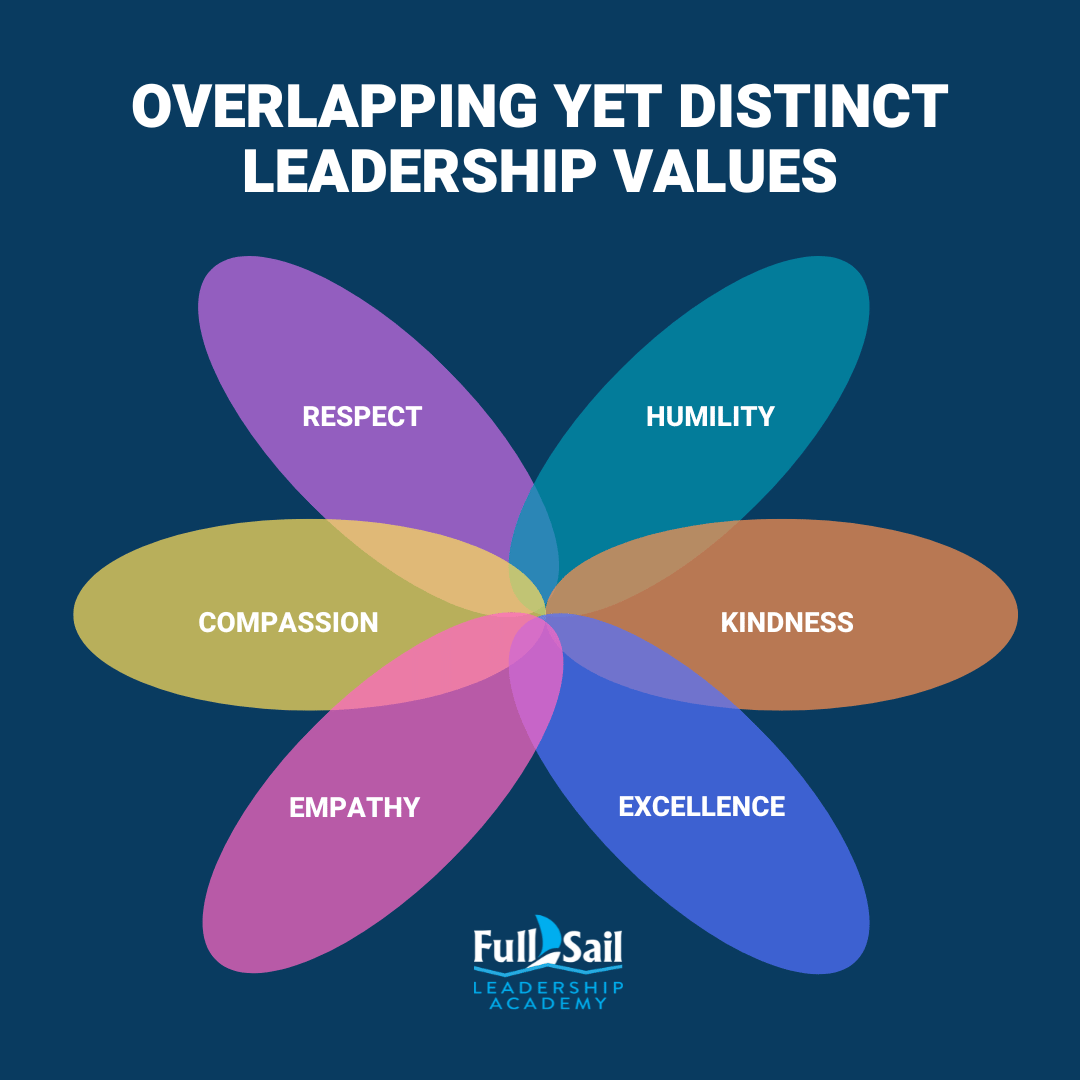
 (c) 2023 Full Sail Leadership Academy
(c) 2023 Full Sail Leadership Academy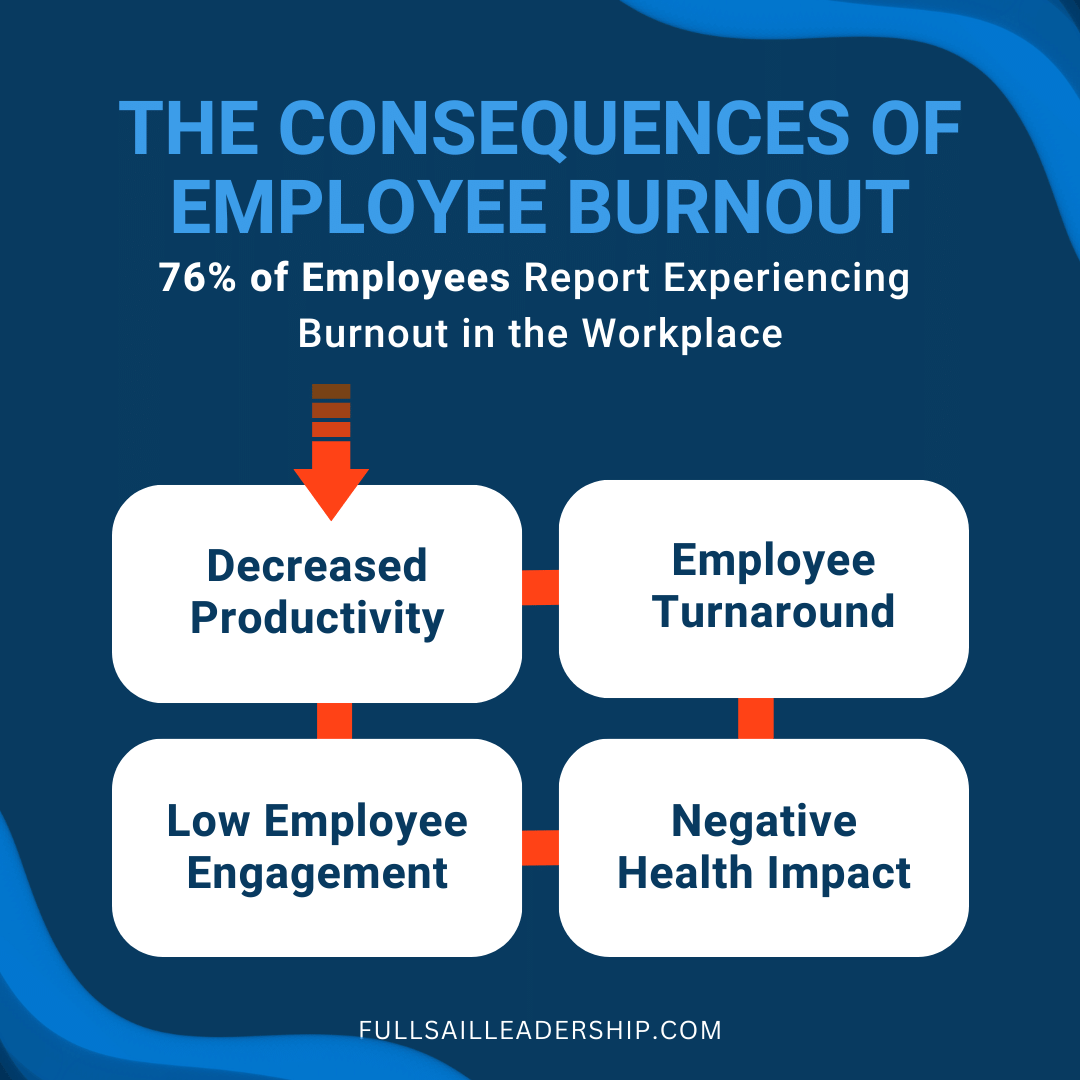










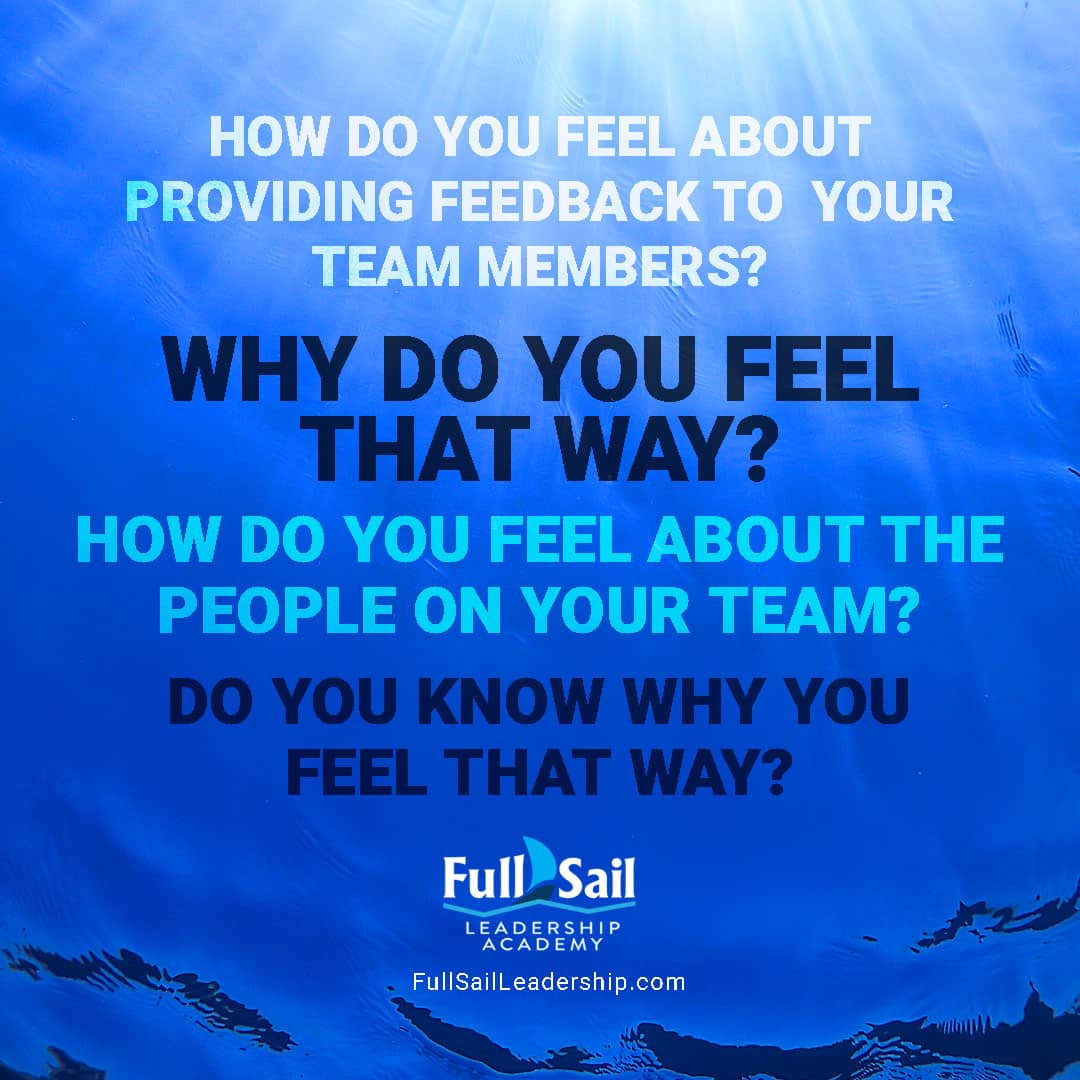


 (c) 2022 Full Sail Leadership Academy
(c) 2022 Full Sail Leadership Academy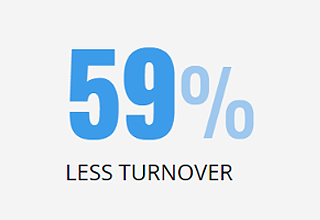
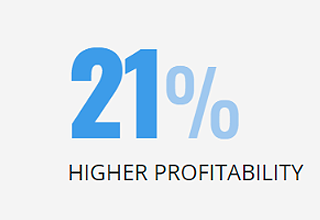

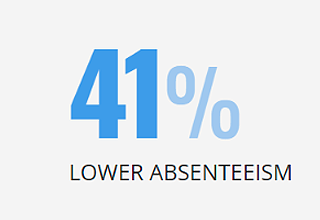
 (c) 2022 Full Sail Leadership Academy
(c) 2022 Full Sail Leadership Academy

 (c) 2022 Full Sail Leadership Academy
(c) 2022 Full Sail Leadership Academy


